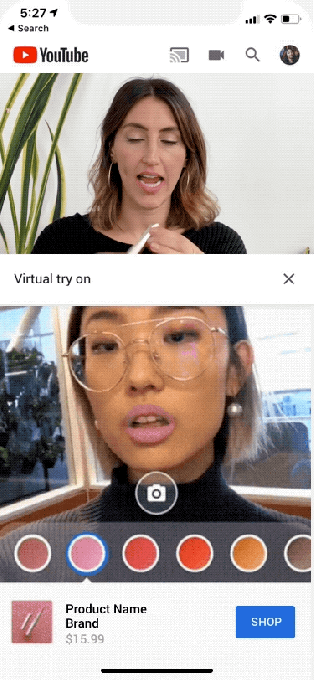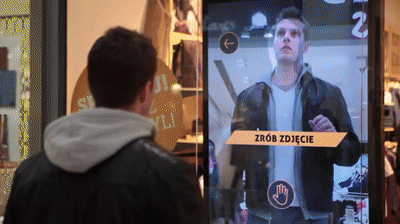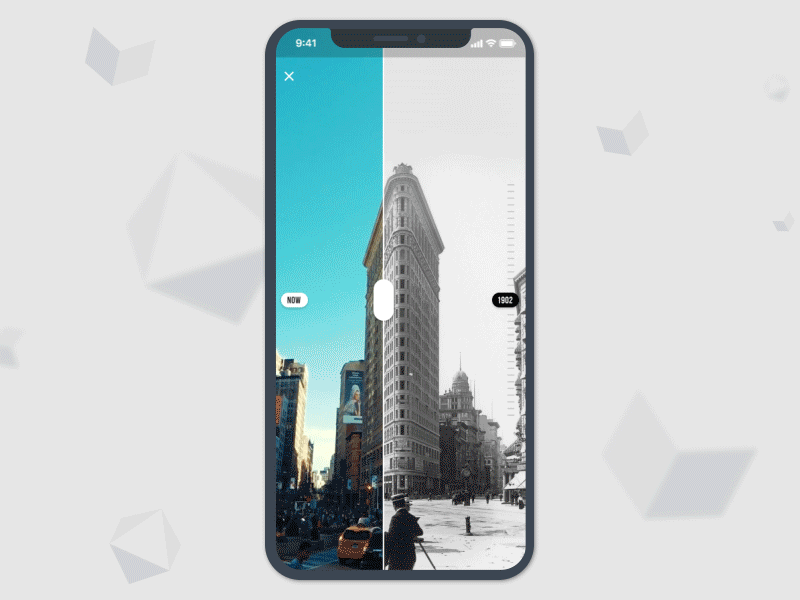
Augmented reality. Now, when most people think of it, they might dream up images of that Pokemon Go craze that drove everyone wild after its release in 2016. They might similarly be thinking of Wizards Unite, the Harry Potter universe version of the “gotta catch ’em all” AR game that followed it this year.
But now, the question on everybody’s minds.
What now?
Some cynics might believe that AR is going to die down after the initial craze. After all, Google Glasses attempted to implement smartglasses into our lives only to fail to live up to the hype. It might be tempting to think that AR is going to go the way of the technological dinosaurs alongside pagers and Walkmans, but not so.
In fact, AR is just getting started.

We’re going to break it down into a couple categories for how we can involve AR into the everyday:
- Business
- Retail
- Music Industry
- Location
- Travel
- Food Service
- Education
- Medicine
- History
- STEM
- Art
- Entertainment
- Snapchat
- SFX
- Mobile Gaming
- Theme Parks & Experiences
AR IN BUSINESS
Retail
From YouTube’s recent “Beauty Try On”application allowing individuals to try out cosmetics while their favorite Beauty Bloggers go through their routines, up until virtual 3D models doing fashion shows in your living room…

Fashion, as a creative medium where there’s so many iterations of different clothing items or accessories, is ripe for AR.
From the runway to the stores, the fashion industry is integrating AR in new and visually stunning ways. ZARA, for example, launched an Augmented Reality Appfor customers’ mobiles. Just point your device at a storefront and see a hologram model the clothing line before you.

Timberland moved AR from the catwalk to the fitting room,allowing customers to try on outfits using “AR mirrors” in their shops.

And the shopping experience isn’t solely limited to fashion. A supermarket in Italy , Coop Italia,implemented AR screens in their aisles, showcasing digital displays of nutritional information next to produce alongside allergens or ways to enhance sustainability.
And we haven’t forgotten about how AR can help retail employees. Mercedes-Benzpartnered with Microsoft, the maker of much anticipated mixed-reality device, Hololens, and created a host of programs to explain key parts of its manufacturing process to managers and designers within its company. That’s the future of design.
Music
Notably for the music industry, Live Nation and Hyundai partnered to offer non-festival-attendees a more digitized option…
AR Livestream. A virtual concert held from the comfort of your own home. Backstage access, live streaming of the concert, and other statistics rotate on a 360* screen. Just hold up your cellphone, and experience the music live.
As explained in this articlefrom XR experiential advertising company Midwest Immersive, millennials connect more with experiential advertising than they do with traditional “slogan and jingle” ads. Enhancing that experience with AR can help brands get an edge on their competitors and stand out from the crowd.

AR BY LOCATION
Travel
Imagine Google Maps, but instead of having a GPS voice tell you to turn left at some random street location or “head North” (who knows where directions are when you’re already lost?) Imagine having a giant neon arrow pointing North for you. No more guessing, right?
Google Maps is debuting an AR featureso users can walk around new cities like they’re locals.

Or imagine holding your phone directly over a famous portrait in an art gallery and getting a host of information immediately on your screen. Point at a dinosaur skeleton and see it come to life with flesh and (maybe) feathers. Pointing out landmarks in real life with virtual icons, or the nearest coffee shop as you’re walking down the street.
Food Service
Now, let’s say that AR navigation app points you out to your favorite restaurant. It’s just food, how can AR be used here, right?
Point your phone at the menu and get a host of nutritional data and customer reviews. Sit down at your table and get a hologram show like at this London based storytelling restaurant: Le Petit Chef.

AR IN EDUCATION
Medicine
When there’s advances in technology, more often than not, our first instinct is how it can help us in the medical field. For AR in tech, virtual holograms can help doctors perform surgery without having to use a medical cadaver. AR apps that focus on rhythm and breathing can calm anxiety. Or, though this is more VR’s domain, caretakers can learn more about how their patients go through their lives by limiting vision or mobility. It’s a method of teaching empathy in virtual scenarios before bringing them into the field.

History
Similar to navigating museums, AR can be used to display information on old city streets or architecture. It can bring holograms of historical figures back to life, and generally breathe life into the past.

STEM
Since data can be difficult to visualize on a textbook page, AR allows a different way to view space. To view space literally in astronomy, there’s a digital overlay of constellations or rockets launching. In math, there’s data visualization if someone needs to switch easily between two and three dimensions. In chemistry, AR can help you conduct virtual experiments from home orlearn your Periodic Table properly.

Art
It seems intuitive. Sculpt using nothing but air and a screen. Sketch while walking in 3D space with floating animations. Create something from nothing using augmented reality. The capabilities are endless.

AR FOR ENTERTAINMENT PURPOSES
Just because video games and film might be considered superfluous compared to strides in medicine or physics, AR in entertainment should in no way be overlooked. Snapchat filters and geofilters are an excellent way of bringing brand awareness to target younger generations in ways that are fun and unique. Special effects in film can be done in editing or in the actual filming process with Mixed Reality experiences. Theme parks can incorporate AR technology to bring holograms into the real world without having to deal with a mess of animatronics. And AR video games can place the user directly into the midst of the action, effectively reviving the Pokemon seriesand keeping the franchise fresh.
Whether used to make an experience “realer than real”, to explore new cities and make them seem familiar, to train potential surgeons in life-saving techniques, or to carve out new spaces in the digital realm, augmented reality is the future of how we see the world.
We have only to understand it.

*written with Sophia Whittemore
